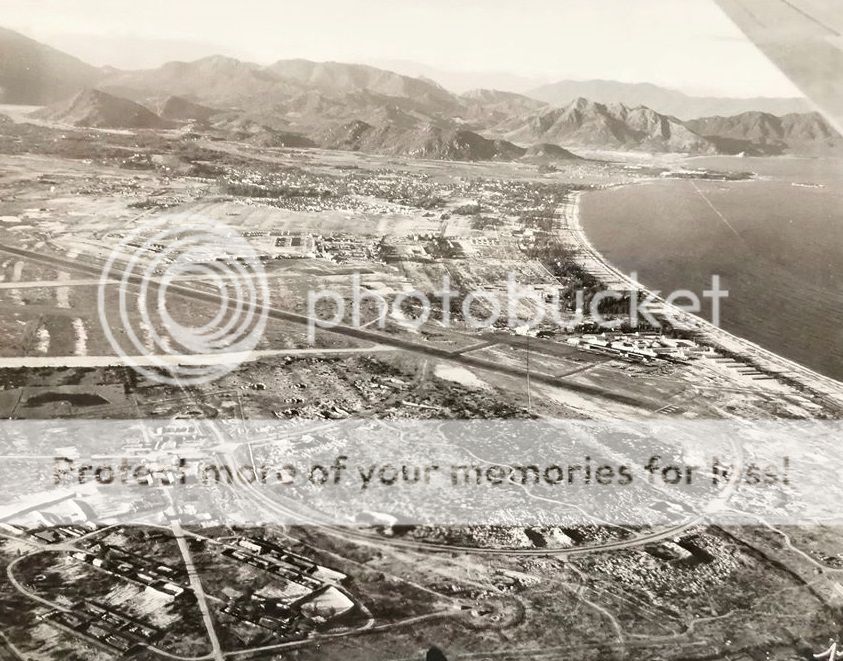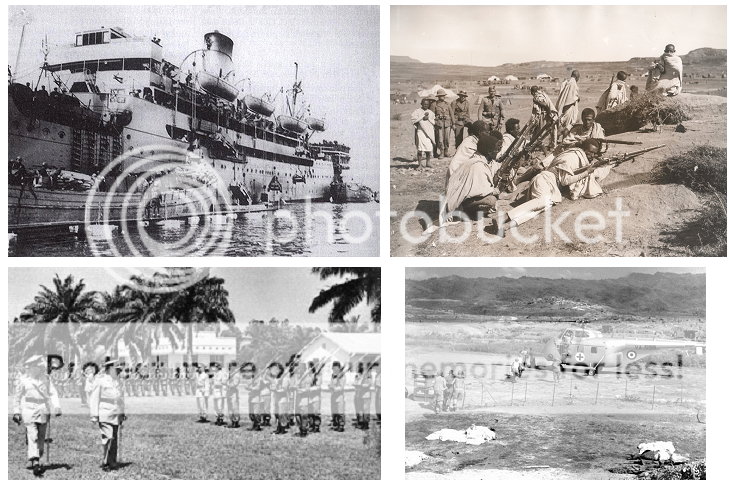You are not logged in.
Dear visitor, welcome to WesWorld. If this is your first visit here, please read the Help. It explains in detail how this page works. To use all features of this page, you should consider registering. Please use the registration form, to register here or read more information about the registration process. If you are already registered, please login here.
The Greek air arm is to receive, inter alia: thirty six Bücker Bü181 training aircraft from Luftwaffe surplus stocks; twenty four examples of the Bayerischen Flugzeugwerke Bf243 training aircraft; seventy-two Bayerischen Flugzeugwerke Bf262A fighter aircraft, plus twelve Bf262B fighter-training aircraft; twenty-five examples of the Arado Ar232 transport aircraft, and forty-two examples of the Dornier Do27 light utility aircraft. Deliveries are expected to begin by the close of October of this year.
The Greek air arm is to receive, inter alia: thirty six Bücker Bü181 training aircraft from Luftwaffe surplus stocks; twenty four examples of the Bayerischen Flugzeugwerke Bf243 training aircraft; seventy-two Bayerischen Flugzeugwerke Bf262A fighter aircraft, plus twelve Bf262B fighter-training aircraft; twenty-five examples of the Arado Ar232 transport aircraft, and forty-two examples of the Dornier Do27 light utility aircraft. Deliveries are expected to begin by the close of October of this year.
Looks like Germany finally found the right Greek defense minister to bribe... ;)
A few strange orders, considering that some of those aircraft are superfluous to types already made in Greece.


London, The German Embassy, Tuesday, 11 October 1949
Walter Schellenburg finished The Times article with brief laughter. The article on the British Army’s adoption of a new machinegun was interesting enough – and he made a mental note to investigate further – but the fact that is was to employ the 8mm Mauser cartridge was ironic indeed. Having employed the .303 cartridge for sixty years the British Army would now replace it with two – their new 7mm intermediate cartridge for rifles and the 8mm round for machineguns. The poor supply troops who had to deal with them would not, he thought, be happy.
London, The German Embassy, Tuesday, 11 October 1949
Walter Schellenburg finished The Times article with brief laughter. The article on the British Army’s adoption of a new machinegun was interesting enough – and he made a mental note to investigate further – but the fact that is was to employ the 8mm Mauser cartridge was ironic indeed. Having employed the .303 cartridge for sixty years the British Army would now replace it with two – their new 7mm intermediate cartridge for rifles and the 8mm round for machineguns. The poor supply troops who had to deal with them would not, he thought, be happy.
IIRC, this was actually a historical decision the British made, since the supply chain for the armoured corps (which used the 8mm machine guns) was run somewhat independently. :) So the poor supply troops probably don't have to deal with the problem at all...
The choice kinda needed to be made, though: since the .303 cartridge is rimmed, it's less than ideal for use in more modern machine guns. Although the 7x43 Enfield round is pretty much the perfect rifle round, it doesn't fit very well as a machine-gun round for tanks.
France and Russia just preferred to add weight and use the 13.2mm or 12.7mm HMGs for armoured vehicles, but the principle is pretty much the same. (Although Russia still uses the 7.62x54R in some roles, which largely shares the same strengths and weaknesses of the .303.)
Slight change of topic, but...
Where did you find all of those divisional badges for the Heer? Are there other armies available as well?
.jpg)
.gif)
.jpg)


Forum Software: Burning Board® Lite 2.1.2 pl 1, developed by WoltLab® GmbH
